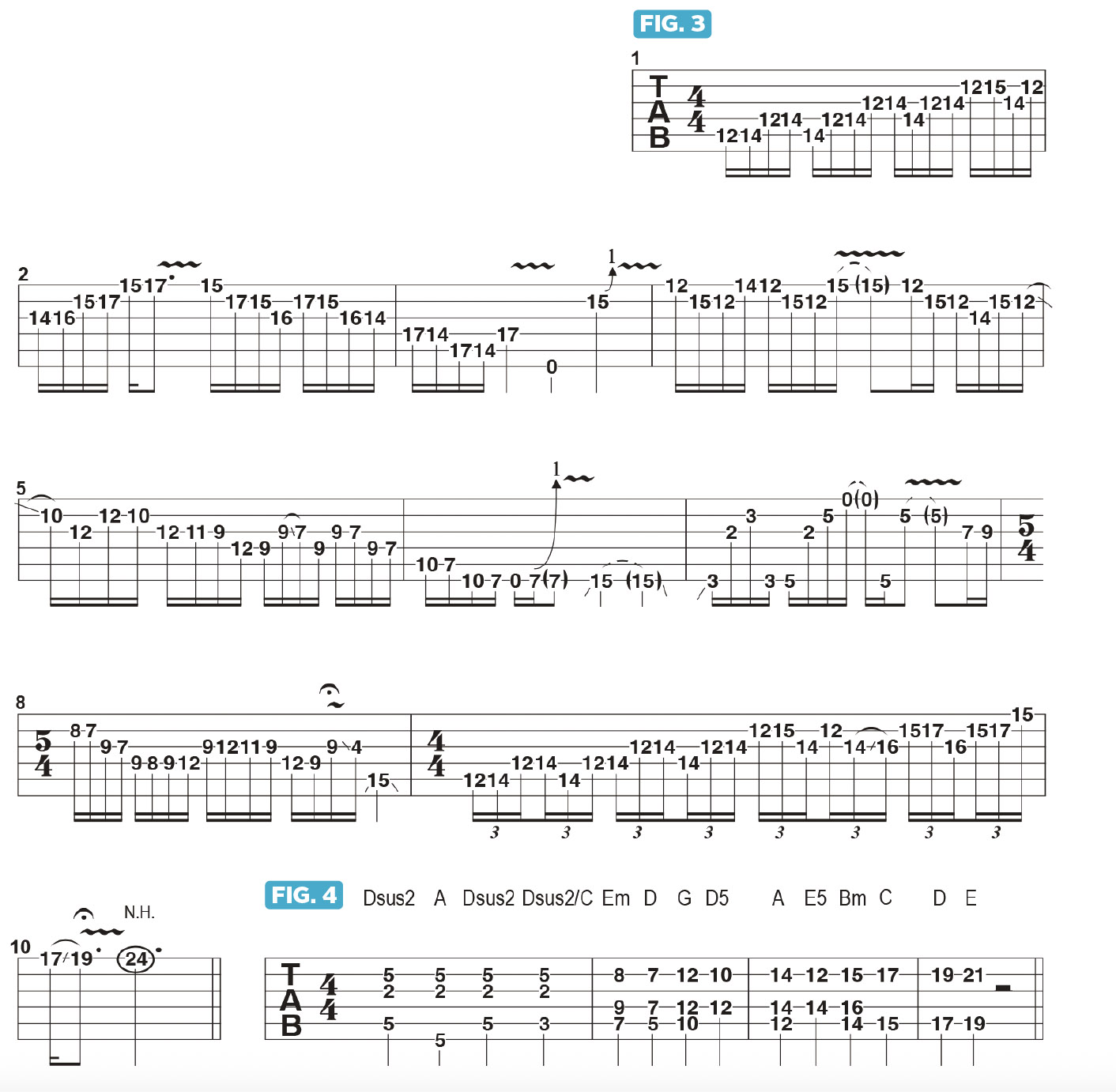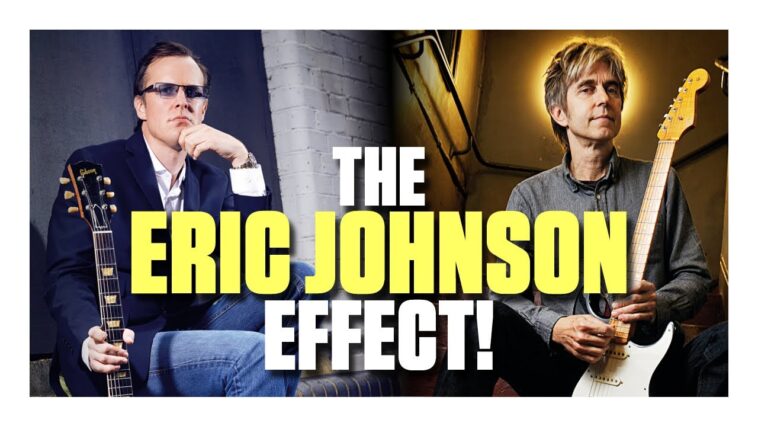It occurred to me that I have yet to speak about one of my biggest guitar influences – the other elephant in the room, as it were! I always say that, for me, it’s all about “the two Erics” – Eric Clapton and the one and only Eric Johnson.
I first heard Eric Johnson play via a tear-out flexi-disc that was included in Guitar Player magazine back in 1986. It was his studio recording of his virtuosic masterpiece Cliffs of Dover.
I had never heard anything like that in my life! I was into Hendrix and SRV and many other guitarists, but I hadn’t heard anything like what Eric was doing. The tone, the technique, everything!
Eric was on the cover of the magazine, with the headline, “Is Eric Johnson the greatest unknown guitar player?” He had been working with Christopher Cross and kicking around Texas, but he didn’t hit the mainstream until releasing his first two solo albums, Tones and Ah Via Musicom.
A lot of my faster playing and phrasing comes directly from Eric’s influence. I apologize to him every time I see him! He’s nice enough to say, “We all get it from somewhere.”
Perfect examples are the fast cascading pentatonics, such as those in Figure 1that I often incorporate into my solos. Here, I begin with a D note, the flatted 7th (b7) of E, which I then bend up to E and shake vigorously, followed by a line that descends straight down the E dominant pentatonic scale (E, G#, A, B, D).
Figure 2 illustrates a longer line that ascends and descends within E minor pentatonic (E, G, A, B, D). I begin in 12th position and then shift up to 15th position at the end of bar 1, wrapping up the phrase in 14th position in bar 3. These scalar phrases are built from fast 16th notes and are articulated as clearly as possible.

Eric uses more hammer-ons and pull-offs than I do, whereas I like to pick every note. I struggle with legato-style phrasing because it just hasn’t been a part of my approach to playing. My approach to these lines is like a hybrid of Al Di Meola and Eric Johnson, picking every note, as in Figure 3which once again is built from fast ascending and descending 16th notes.
Notice that these long phrases are structured primarily in four-note groups. Also, the numerous quick position shifts in bars 1-6 are essential to making these phrases “speak” properly. The figure ends in bars 9 and 10 with fast ascending 16th-note triplets, culminating with a high natural harmonic (N.H.), sounded above what would be the 24th fret.

Eric also loves to play distinct, open-voiced three-note chord voicings, such as those shown in Figure 4which have become a signature of his unique style.
These sounds and techniques have been an important part of my playing for as long as I’ve had the facility to hear and use them. And Eric’s approach to equipment is equally important.
When other guitarists had racks of modern digital gear with dozens of switchable sounds, Eric, even when playing live, switched between three completely different rigs consisting of vintage tube amps and analog pedals, all of which might be on the verge of exploding at any minute.
I subscribe to the same model. That’s why I play through seven amps! Old gear? It may not work today, but tomorrow it could change your life.
